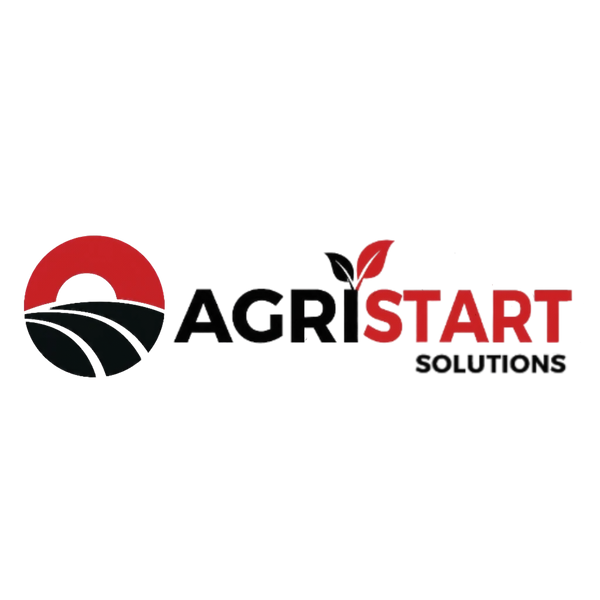
Drones in Agriculture: Soaring to New Heights
Share
Drones in Agriculture: Soaring to New Heights
The agricultural industry is undergoing a technological revolution, and drones are at the forefront of this change. These unmanned aerial vehicles (UAVs) are rapidly becoming an indispensable tool for farmers, offering a wide range of applications that can significantly enhance efficiency, productivity, and sustainability. From crop monitoring to precision spraying, drones are transforming the way we farm, enabling farmers to make data-driven decisions and optimize their operations.
The Rise of Drones in Agriculture
The use of drones in agriculture is not a new concept, but recent advancements in technology, particularly in areas like battery life, sensor capabilities, and data processing, have made them more affordable and accessible to farmers of all sizes. The growing adoption of drones is driven by a number of factors, including:
- Increased efficiency: Drones can cover large areas quickly, allowing farmers to conduct tasks like crop scouting and spraying much faster than traditional methods.
- Improved data collection: Drones equipped with high-resolution cameras and sensors can capture detailed images and data on crops, soil health, and other important factors.
- Precision application: Drones can deliver pesticides, fertilizers, and other inputs with pinpoint accuracy, reducing waste and minimizing environmental impact.
- Cost-effectiveness: The use of drones can lead to significant cost savings in areas such as labor, fuel, and chemicals.
Applications of Drones in Agriculture
The applications of drones in agriculture are vast and continue to expand. Here are some of the key areas where drones are making a difference:
Crop Monitoring
- Early disease and pest detection: Drones equipped with multispectral cameras can detect subtle changes in plant health that may indicate disease or pest infestations.
- Crop health assessment: Drones can capture detailed images of crops, allowing farmers to assess overall health, growth, and stress levels.
- Yield prediction: By analyzing crop data collected by drones, farmers can estimate yields and make informed decisions about harvesting and marketing.
Precision Spraying
- Targeted application: Drones can apply pesticides, herbicides, and fertilizers only to specific areas where they are needed, reducing chemical use and environmental impact.
- Improved efficiency: Drone spraying can cover large areas quickly and with greater accuracy than traditional methods.
- Reduced drift: Drone spraying systems are designed to minimize drift, preventing chemical contamination of surrounding areas.
Soil Health Assessment
- Soil moisture monitoring: Drones equipped with sensors can measure soil moisture levels, providing valuable data for irrigation management.
- Soil nutrient analysis: Drones can collect data on soil nutrient levels, enabling farmers to tailor fertilizer applications for optimal plant growth.
- Mapping soil properties: Drones can create detailed maps of soil properties, such as texture, organic matter content, and pH levels.
Other Applications
Beyond these core applications, drones are being used in agriculture for a wide range of other purposes, including:
- Livestock monitoring: Drones can be used to monitor livestock health, track movement, and identify potential problems.
- Infrastructure inspection: Drones can inspect irrigation systems, fences, and other farm infrastructure for damage or maintenance needs.
- Seed dispersal: Drones can be used for efficient and precise seed dispersal, particularly in areas that are difficult to access.
Benefits of Using Drones in Agriculture
The use of drones in agriculture offers numerous benefits, including:
- Increased productivity: Drones can automate tasks, freeing up farmers to focus on other important activities.
- Improved decision-making: Data collected by drones provides farmers with valuable insights to make informed decisions.
- Reduced costs: Drones can help farmers save money on labor, fuel, and chemicals.
- Enhanced sustainability: Drones can promote sustainable farming practices by reducing chemical use and minimizing environmental impact.
Challenges and Considerations
While drones offer significant benefits to the agricultural industry, there are also some challenges and considerations to keep in mind:
- Regulations: The use of drones in agriculture is subject to regulations, which vary by country and region.
- Privacy concerns: The use of drones raises privacy concerns, as they can capture images and data from private property.
- Safety: Drones must be operated safely and responsibly to avoid accidents or damage.
- Data management: Farmers need to be able to effectively manage and interpret the large amounts of data collected by drones.
The Future of Drones in Agriculture
The future of drones in agriculture looks bright. As technology continues to advance, drones are expected to become even more sophisticated and affordable, expanding their applications and further revolutionizing the industry. Farmers who embrace this technology will be well-positioned to increase efficiency, productivity, and sustainability, ensuring a brighter future for agriculture.
In conclusion, drones are a game-changer for agriculture, offering a wide range of applications that can enhance efficiency, productivity, and sustainability. As technology advances, we can expect to see even more innovative uses of drones in the years to come, transforming the way we farm and feeding a growing global population.
